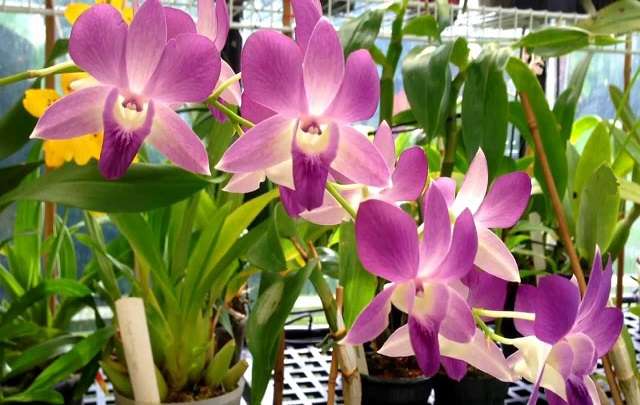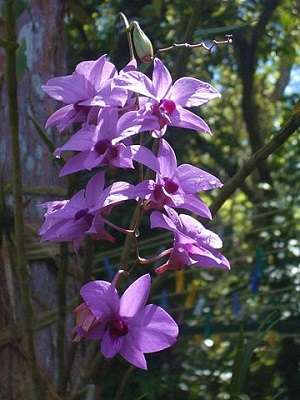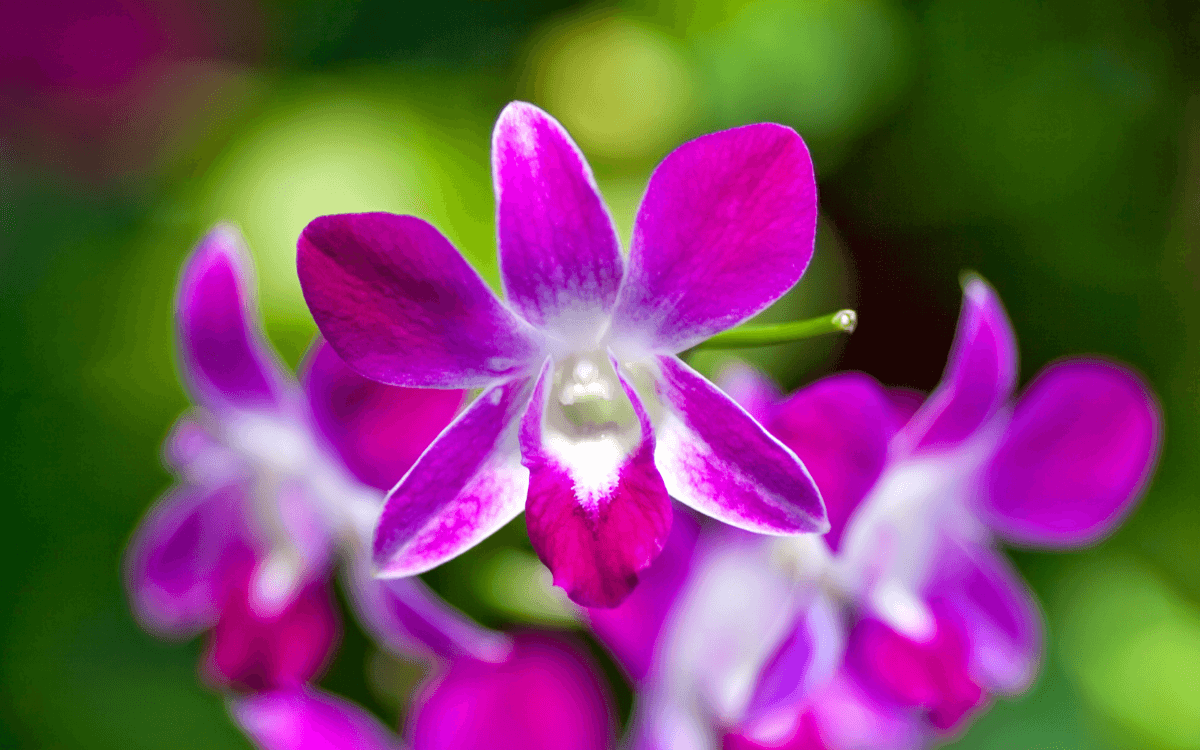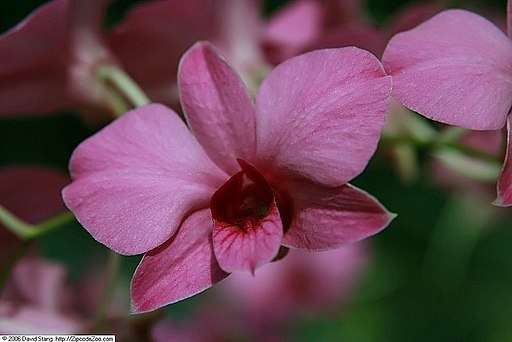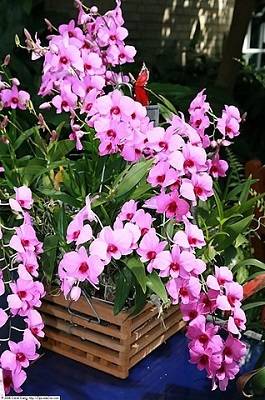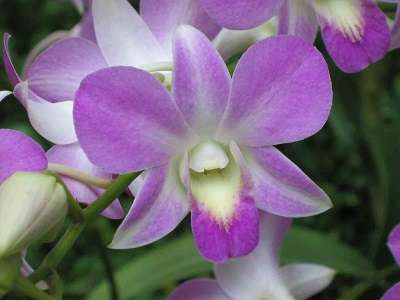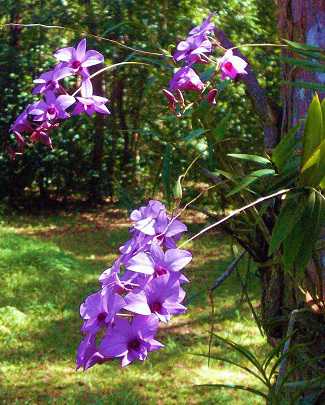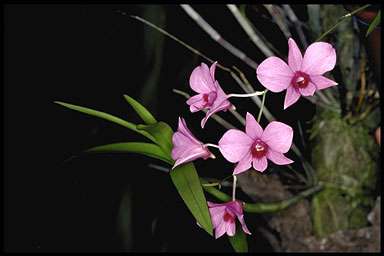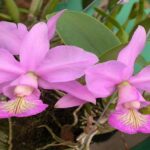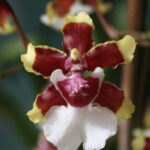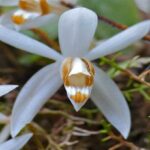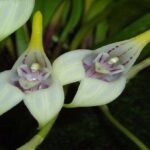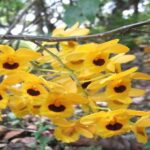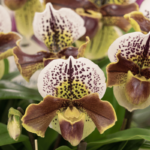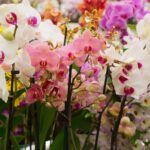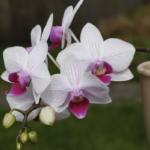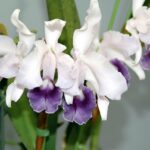The Cooktown orchid is involved in a very famous myth.
If your answer is negative, don’t be alarmed, because in this article, you will learn:
- How professionals manage to make the Cooktown orchid bloom every year.
- Curiosities about this orchid.
- The big myth that almost every orchid enthusiast believes about it.
Read this text to the end and learn everything about one of the most famous dendrobiums.
Learn How to Achieve Super Blooms on Your Orchids
🛑 If you love orchids and you're tired of not being able to make them bloom...
Then, know that thousands of beginner growers are achieving beautiful flowers on their orchids by following this method.
Click the button below to have beautiful orchids with show-worthy flowers every year. ⤵
About The Cooktown Orchid
Cooktown orchid is the popular name of the orchid Dendrobium bigibbum. It became well-known because many people believe it is a cross between a dendrobium and a phalaenopsis, but that’s a myth.
Formerly known as Dendrobium phalaenopsis, its classification has changed, and it is now called Dendrobium bigibbum.
See, what a curious story.
When discovered, the denphal orchid was named after the phalaenopsis orchids because it closely resembled them.
But it is a Dendrobium.
NOTE: If you don’t know what orchid species and genera are, read this article.
Speaking a bit more technically, this orchid:
- It has a vegetative appearance like a dendrobium.
- But its flowering is more similar to that of a phalaenopsis.
The Denphal Nickname
In many countries, this orchid is nicknamed “Denphal.”
One of the main reasons people believe that denphal is a hybrid between dendrobium and phalaenopsis is precisely its nickname.
Its nickname was possibly created due to 2 reasons:
- The most well-known name of this species (Dendrobium phalaenopsis).
- The great similarity of this orchid to both species in some cases.
You can notice this similarity by watching the video below:
History of Dendrobium Biggibum
It is not known exactly when it was discovered.
The true date is between 1852 and 1880.
Some argue that it could only have been discovered in 1967 because that’s when orchid hybridization became possible.
But there are errors in all of this.
The first is that the Cooktown orchid is not a hybrid, and the second is that hybridization started in 1856 (based on this research).
This lead to the first orchid hybrid which was produced by J. Dominy of Messrs Veitch & Sons of Exeter, U.K. in 1856.
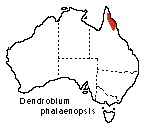
The Cooktown orchid is native to New Guinea and mainly in Australia in Queensland.
A curiosity is that Queensland adopted the Dendrobium Bigibbum as its floral emblem.
Differences from Phalaenopsis
As mentioned several times, this orchid is not a hybrid between dendrobium and phalaenopsis.
Crossbreeding these two species is impossible due to differences in their genes.
Some of the main differences between the Cooktown orchid and phalaenopsis are:
- Triangular white spot in the center of the lip.
- Lower pseudobulbs and smaller flowers.
Differences from Dendrobium?
Many cultivators wonder what the difference is between the Cooktown orchid and dendrobium.
But know that there is no difference between these orchids.
This is because Dendrobium bigibbum is a dendrobium.
But Dendrobium bigibbum has a certain difference from other dendrobium species.
And that difference is that it flowers on a central stem. In other dendrobiums, the flowers are on several stems. Another difference is that Cooktown orchid flowers are very similar to those of phalaenopsis.
Flowers
One of the best characteristics of the Cooktown orchid is its great flowering capacity.
It can last up to 3 months if your plant is well-cultivated and if you are lucky.
Because on average, flowering lasts 40 days, which is also a long period.
Its flowers range from 3 to 10 cm (1.18 to 3.93 inch), with a wide variety of possible colors.
- White (alba).
- Wine.
- Purple.
- Cream.
- Yellow.
- Among others.
NOTE: Normally, those with flowers smaller than 5cm are considered mini Cooktown orchids.
Do you need any more reasons to have a Cooktown orchid in your orchid collection?
If so, besides having beautiful and long-lasting flowers, this species is considered easy to cultivate.
How to Make the Cooktown Orchid Bloom
Therefore, to make your Cooktown orchid bloom, follow the tips below:
- Provide a temperature drop (night cooler than day).
- Cultivate it properly by providing the care it needs.
- Avoid and combat pests and diseases when they appear.
- Be patient because very young orchids do not bloom.
Dendrobium bigibbum can bloom during any season of the year.
Of course, depending on where it is cultivated.
Usually, it can bloom throughout most of the year.
Do You Want to Learn How To Keep Your Orchids Healthy And Ready to Bloom Every Year?
So, I prepared a complete guide, step by step and illustrated, that will show you:
• The secrets to getting beautiful flowers every year
• How to fight and identify pests and diseases on your orchids
• THE MAGIC SUBSTANCE for orchids and how to use it
• And much, much more.
The great news is that the manual is now available at a super discount!!
But beware, it's only for the first buyers.
Click on MORE INFORMATION below and discover the secrets to show-worthy flowers. 👇
How to Care for the Cooktown Orchid
The Cooktown orchid is renowned for its flowers.
For the following reasons, it is admired by orchid enthusiasts worldwide:
- It can bloom at any time of the year.
- Easy to cultivate.
- Beauty and ease of finding in orchid nurseries.
It is an orchid that is easy to make bloom and can also be resistant to pests and diseases.
To care for your Cooktown orchid, follow the steps below.
1 – Plant it in the right place
Since they are epiphytic orchids, Dendrobium bigibbum can be planted on tree trunks, as long as the tree protects it from direct sunlight.
In addition to trees, it can also be planted in clay and plastic pots.
Just avoid planting it in the ground because it is not a ground orchid, and it won’t adapt.
If you want to plant your Cooktown orchid on a tree trunk, follow these steps:
- Remove it from the pot.
- Place something for it to lean on the trunk (e.g., cardboard).
- Place the front of your orchid facing the trunk.
- Secure it with wire.
2 – Ensure good lighting and temperature
Cooktown orchids prefer a slightly warmer environment, with the ideal being:
- 15°C to 18°C (59°F to 64.5°F) at night.
- 21°C to 29°C (70°F to 84°F) during the day.
As for lighting, they like to receive plenty of light.
Many recommend placing them in direct sunlight from 10 am to 11:30 am.
Keep in mind that they prefer light from above, not from the side.
This way, you will ensure that your orchid grows upward and not sideways.
After direct sunlight in the morning, it is recommended to place it in a location protected from direct sunlight.
To ensure that your orchid is not receiving too much or too little sunlight, read the article on orchid leaf spots.
3 – Water at the right time
Watering depends on many factors such as:
- Humidity.
- Pot size.
- Substrate.
- Ventilation.
- Temperature.
- Stage of your orchid.
Therefore, the best way to determine when to water is to learn to identify when it’s time to water.
For Dendrobium bigibbum, excess water can be detrimental to its cultivation.
To identify when to water, put your finger in the center of the substrate and check if it’s moist; if it is, wait.
But if it’s dry, it’s time to water.
NOTE: Do not let water accumulate at the bottom of the pot.
Another tip is that during the growth period, especially when the pseudobulbs are growing, watering will be more frequent.
After this period, it will return to normal.
4 – Care after flowering
When all the flowers of your orchid fall off, there are a few things you should do.
First, cut the dried flower spikes.
Leave the pseudobulbs because they can flower again in the future, and even if they don’t, they contain nutrients that are important for the plant.
5 – Fertilize correctly
Fertilizing Cooktown orchids is extremely simple.
Basically, you have two options:
The first option is to fertilize year-round with a balanced fertilizer such as:
- NPK 10-10-10
- NPK 20-20-20
Applying it once every 3 or 4 weeks.
Or you can apply a balanced fertilizer normally throughout the year, except a few months before flowering.
During that time, you will use NPK 4-14-8 to stimulate flowering.
6 – Repot the Cooktown Orchid at the right time
Last but not least, repotting.
As mentioned in other articles, repotting typically occurs for two reasons:
- The plant has outgrown its current pot.
- The substrate is old.
To learn how to replant and change the substrate of your Cooktown orchid, watch the video below:
7 – Preventing and Combating Pests and Diseases
All orchids, regardless of the species, can suffer from pests and diseases.
However, this problem can be much smaller.
For example, a grower who provides all the care for their orchid will have few problems.
A careless grower, on the other hand, will probably lose several orchids.
Therefore, below are some tips for you to prevent and combat the pests and diseases that attack your Cooktown orchid.
- Use sterilized scissors to cut your plant (especially during repotting).
- Keep it in a place with the ideal humidity.
- Apply cinnamon powder where you cut your orchid.
- Keep it at least 40 cm (15.74 inch) away from other plants to prevent contagion.
- Rinse the substrate before placing it in your orchid.
- Cultivate it with great care.
Cooktown Orchid Mini
The demand for mini Dendrobium bigibbum is increasing, and these are probably one of the most sought-after miniature orchids today.
To cultivate the mini version of this orchid, care will be very similar.
But remember, because it’s a smaller orchid, use less water and fertilizer.
Here are some tips for the Cooktown Orchid Mini:
- Pot slightly larger than your plant.
- Pay close attention to the correct amount of water.
- Yellow leaves mean excessive sun, and leaves with very strong green lack of sun.
- Ventilation should be a breeze.
Learn more about mini orchids in this article.
Conclusion – Dendrobium Bigibbum
The Cooktown orchid is truly an exceptional orchid; its story stands out for being different from most orchids. Moreover, its cultivation is very rewarding.
So, I hope that after reading this article, you may consider adding a Dendrobium bigibbum to your orchid collection.
And if you own a Cooktown orchid or a mini version of this orchid, comment below.

